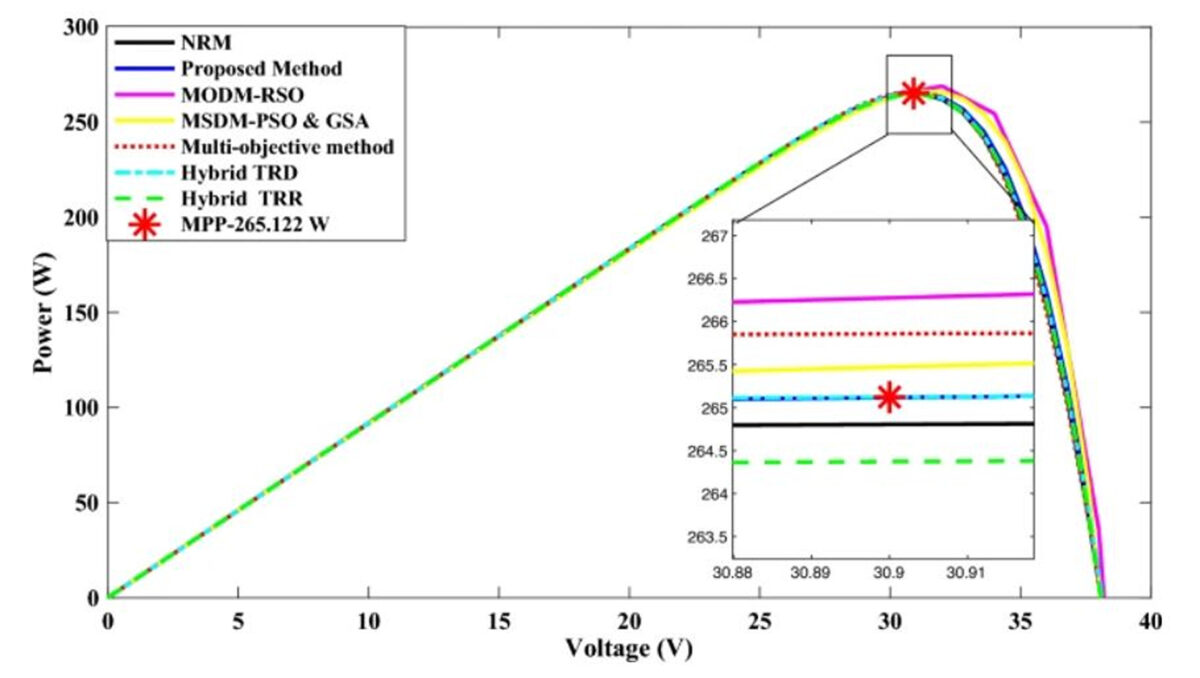An Indian-Ethiopian research group developed a datasheet-based approach for PV system parameter estimations that offers the advantage of not requiring time-consuming and expensive extensive experiments.
The researchers said the novel method relies uniquely on the specifications of the modules' datasheet, temperature and insolation intensity. “The datasheet-based parameter technique estimates the unknown parameters more quickly than the experimental-based method due to the availability of data in a standard format,” they explained. “Furthermore, no more data collections are required like in experimental-based methods.”
They added this methodology can be used for all kinds of solar panels and under different environmental conditions.
The proposed method initially uses a datasheet-based non-linear least squares (NLS) objective function, which is an optimization technique that builds regression models for datasets that contain nonlinear features. Then, it can utilize either the bio-inspired particle swarm optimization (PSO) algorithm or the Hirschberg–Sinclair (HS) algorithm, which is a stochastic meta-heuristic algorithm inspired by the improvisation process of musicians, for optimization.
The PV parameter extraction process requires the introduction of three key values from the datasheet – open-circuit voltage, short-circuit current, and maximum power point (MPP). “These parameters are determined in the controlled environmental condition by the manufacturer with the high quality of lab-setup and hence termed as ‘reliable data’,” the scientists explained.
Popular content
The research team tested its approach on a polycrystalline module built by Japan's Kyocera and a monocrystalline panel developed by Shell. It investigated, in particular, the percentage maximum power deviation index (%MPDI) and the overall model deviation index (OMDI). The latter shows the extent to which the PV characteristics are in line with the real characteristics and the former is an index describing the maximum power deviation percentage.
For both module technologies, the PSO provided more uniform results than the HS. “Both %MPDI and OMDI are smaller in the case of the developed method with PSO than the HS,” the researchers explained. “As for the %MPDI and OMDI, both are found very small and hence the characteristics curve obtained with the developed method will be very near to the real characteristics.”
They also found that the PSO can provide almost constant values of unknown parameters after every iteration and converges very fast in only five minutes. They also verified that the proposed approach offers smaller MPDI and OMDI values than the other existing methods such as NRM, MODM-RSO, and MODM-PSOGSA. “In addition, most of the hybrid approaches are still based on assumptions and approximations,” they emphasized.
The new methodology was presented in the study “An efficient datasheet-based parameter estimation technique of solar PV,” published in scientific reports. The research team included academics from the Assosa University in Ethiopia and the Deemed to be University in India
This content is protected by copyright and may not be reused. If you want to cooperate with us and would like to reuse some of our content, please contact: editors@pv-magazine.com.



Hah, 5 seconds to determine what’s going to be most true about what arrives. Maybe nothing about shading, but something to give a go.